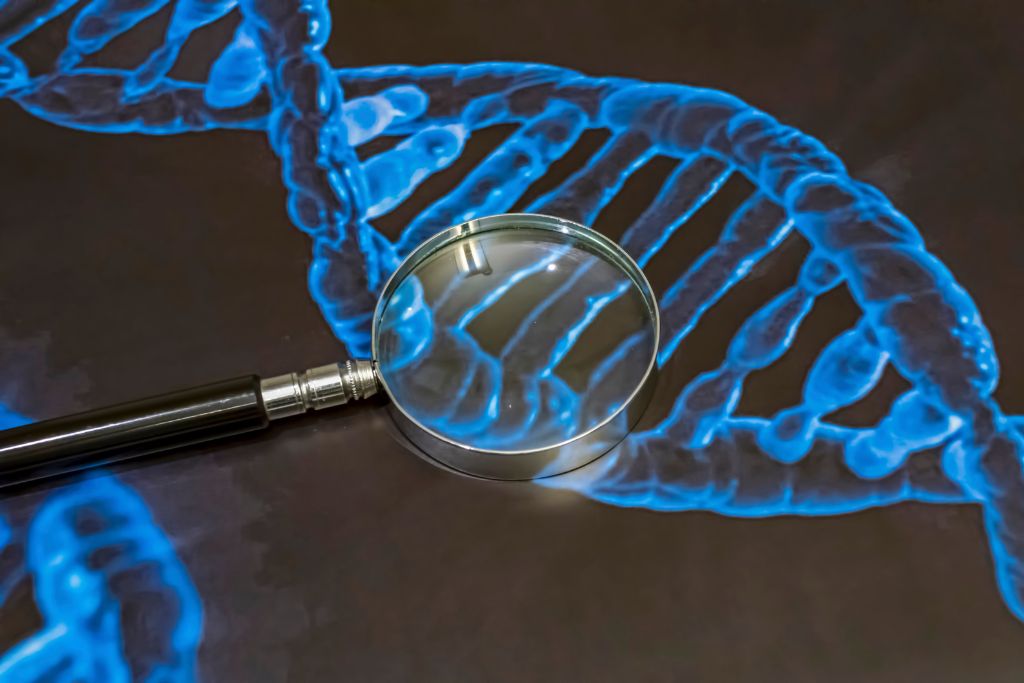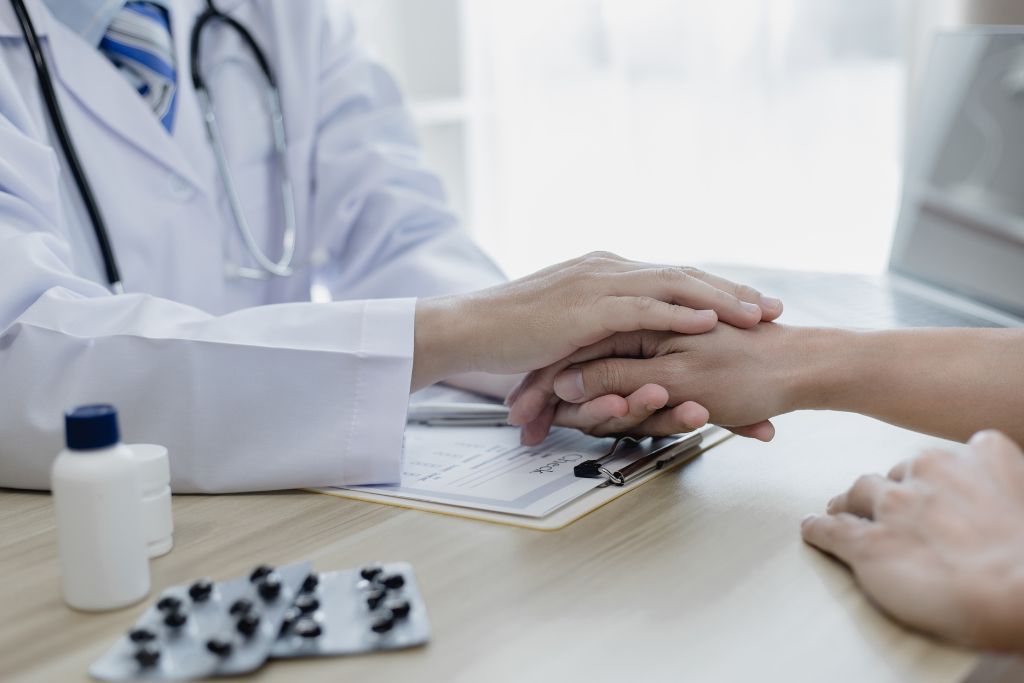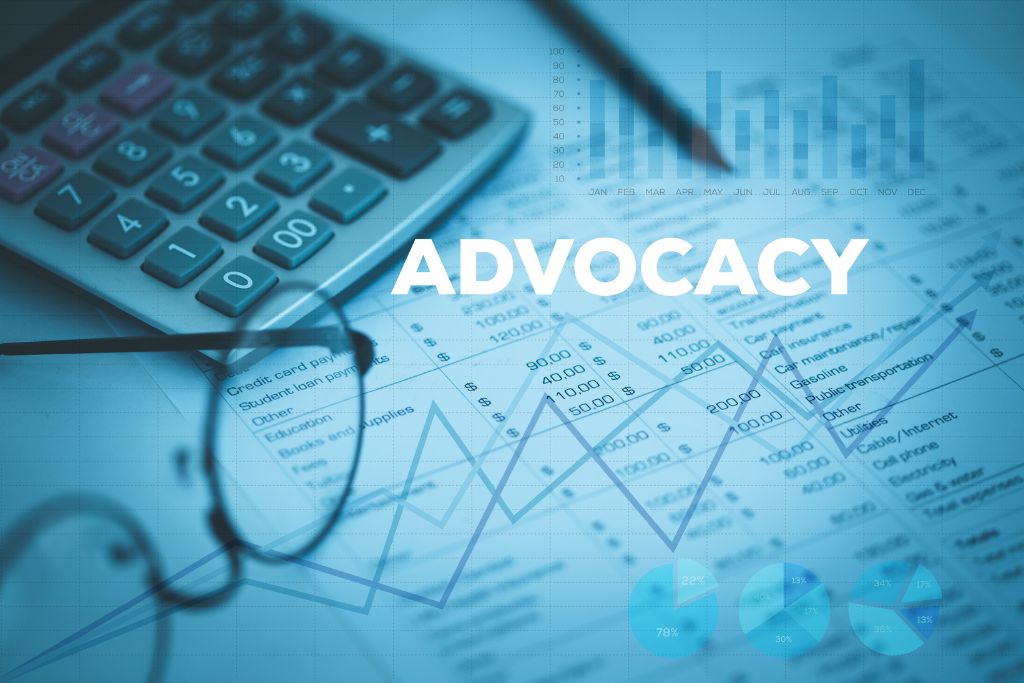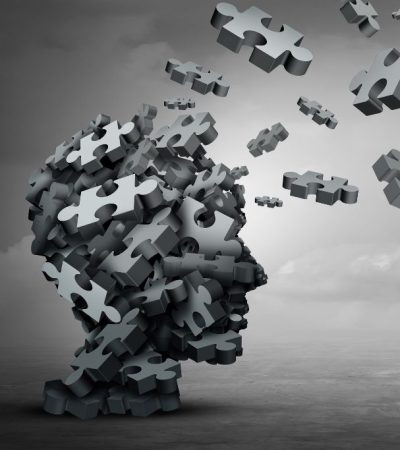Whether you’re a patient, a healthcare provider, or a patient advocate, you’ll want to know how to talk about rare or unknown disorders and their symptoms. This is especially true if you’re dealing with a genetic disease or disorder. Using this information to educate others will help them better understand what they’re dealing with. You might also want to talk about how the condition is diagnosed, how to find treatment options, and the importance of advocacy groups.
Genetic diseases lead the pack
Despite their name, genetic diseases are not the only disease-causing entity. The fact is that most of our diseases are complex disorders caused by a combination of genetic changes, environmental exposures, and other factors. In some cases, these complex diseases are caused by a single gene mutation or a few genes acting together.
While some genetic diseases are congenital, others are inherited. Most people have 23 pairs of chromosomes. This means that there are hundreds of different combinations of genes in each pair. Some of these combinations can cause cancer or other diseases, and they can also lead to other complications. In fact, most chronic diseases are complex disorders.

The best thing about genetic diseases is that they lead to an increased understanding of the human genome and that knowledge can lead to better care for patients. It also opens the door to sharing information about rare diseases. Having access to information about these diseases can help patients with rare conditions get the diagnosis they need.
Diagnostic practices
Identifying and treating rare diseases is no small feat. The medical community has not had much time to devote to research and development, and the number of patients with these diseases is growing exponentially. A lot of these patients are children. Thankfully, more doctors are diagnosing these types of disorders more frequently. In fact, the International Rare Diseases Research Consortium (IRD) is now encouraging doctors to get the ball rolling on a diagnosis within one year.

However, the best way to improve the odds of a child with a rare disease being diagnosed and treated is by providing basic services. Luckily, there are many resources available to support this effort. One of these is the Rare Disease Foundation (RDF). Founded in 2006, the organization is one of the leading nonprofit groups in the field. The organization’s mission is to provide information, support, and resources to patients and families affected by rare diseases.
Treatment options
Symptoms and treatment options for rare or unknown disorders can vary widely from person to person. In addition, a disease’s prognosis can vary depending on its cause. Some rare diseases are devastating to live with. These conditions can affect any organ system. It is important to learn about the condition’s symptoms and treatment options as soon as possible.
In addition to the difficulty of diagnosing rare diseases, patients may have to wait for years to receive an accurate diagnosis. This delay is influenced by many factors, such as the age of the patient and the available resources. However, an accurate diagnosis can help prevent unnecessary treatments and identify possible therapeutics.

In recent years, researchers have developed several tools to increase the likelihood of diagnosis. For example, algorithms have been developed to identify phenotypes and disrupted genes. These tools have allowed for the diagnosis of up to 15 percent of undiagnosed patients. Another tool is gene panels, which have been used to diagnose about 25 percent of undiagnosed patients.
Advocacy groups
Across the globe, advocacy groups for rare or unknown disorders and their symptoms are advancing scientific research, raising awareness, and providing valuable information. By understanding their roles, companies can leverage these resources to transform the treatment landscape for rare diseases.
Advocacy organizations work with government agencies, industry partners, and community leaders to help patients. They also assist caregivers in navigating complex access pathways. They work with KOLs (key opinion leaders) to raise awareness and encourage patients to explore treatment options.
Rare diseases can be devastating to the lives of patients. They are often difficult to diagnose and may have few treatments available. This can create delays in diagnosis, which can lead to worsening symptoms.

Advocacy groups also assist in clinical trial recruitment. Rare disease patient advocates have focused on encouraging interest in rare diseases from pharmaceutical companies, academic researchers, and other stakeholders.
Increasingly, rare disease patient advocacy organizations are also embracing global connections. By promoting awareness and empowering patients, these organizations are enabling patients and caregivers to connect with others with similar conditions.




